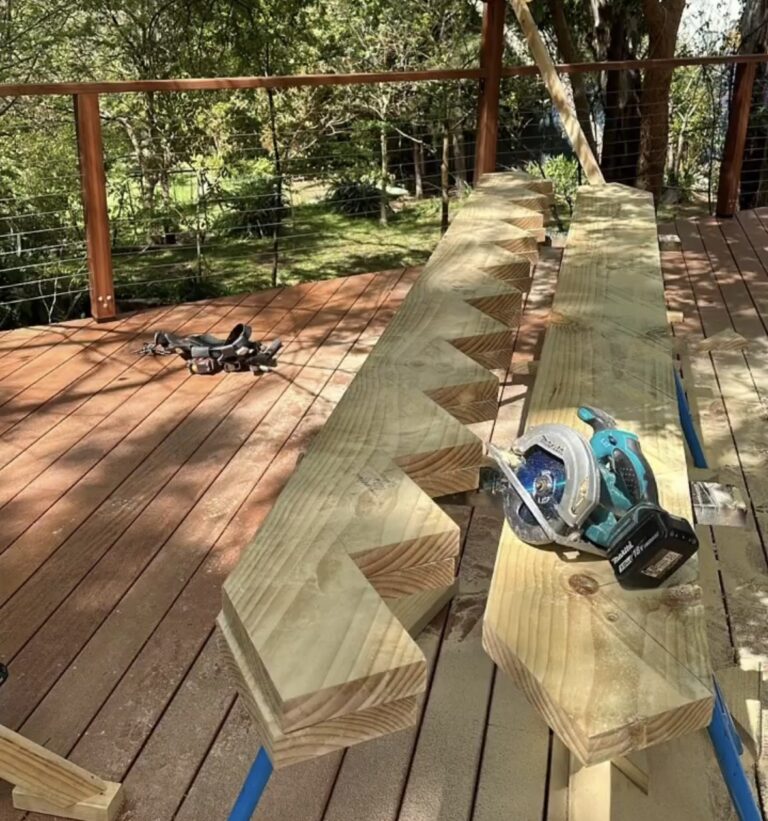Explore The Features
Carpentry Services
The Art of Carpentry: Crafting Dreams into Reality
Introduction
Carpentry, the age-old craft of shaping and transforming wood into functional and aesthetic structures, has been an integral part of human history. From ancient civilizations constructing monumental structures to modern-day artisans crafting bespoke furniture, the art of carpentry continues to captivate and inspire. In this guide, we will delve deep into the realm of carpentry, exploring its techniques, tools, and the boundless opportunities it offers for both amateurs and seasoned craftsmen.
Carpentry: From Timber to Treasure
Carpentry, often referred to as the “king of crafts,” involves the skilled manipulation of wood to create structures that range from the practical to the artistic. It encompasses various disciplines, such as rough carpentry, finish carpentry, and cabinetmaking. Whether you’re building a sturdy framework for a house or meticulously carving intricate designs into furniture, carpentry is about precision, creativity, and dedication.
The Essential Tools of the Trade
To become a proficient carpenter, you need to familiarize yourself with an array of tools that will be your companions throughout your crafting journey. These include:
Hand Tools
- Hammer: The trusty hammer is essential for driving nails and shaping wood.
- Chisels: Chisels come in various shapes and sizes, allowing you to carve and shape wood with precision.
- Hand Saw: This versatile saw is perfect for making accurate cuts in smaller pieces of wood.
- Measuring Tape: Accurate measurements are the backbone of carpentry, making a measuring tape a must-have tool.
Power Tools
- Circular Saw: Ideal for making straight cuts quickly and efficiently.
- Router: Routers are used for hollowing out an area or creating decorative edges.
- Power Drill: From drilling holes to driving screws, a power drill is incredibly versatile.
Safety Gear
- Safety Glasses: Protect your eyes from flying wood chips and debris.
- Ear Protection: Carpentry can be noisy; safeguard your hearing with ear protection.
Carpentry Techniques: Building a Strong Foundation
To excel in carpentry, you must first grasp fundamental techniques that serve as the bedrock of the craft.
1. Measuring and Marking
Accurate measurements are non-negotiable in carpentry. A slight miscalculation can lead to costly mistakes. Use a measuring tape, carpenter’s square, and marking gauge to ensure precision.
2. Cutting and Shaping
Master the art of cutting and shaping wood using saws, chisels, and planes. Whether you’re creating clean edges or intricate designs, practice and patience are key.
3. Joinery
Joinery involves connecting two pieces of wood securely. Popular techniques include dovetail joints, mortise and tenon joints, and finger joints.
4. Finishing
Finishing gives your project its final touch. Sanding, staining, and applying protective coatings enhance the wood’s appearance and durability.
Crafting Dreams: From Novice to Expert
Whether you’re a novice embarking on your first project or an experienced craftsman honing your skills, carpentry offers a continuous learning curve.
Beginner’s Guide: Crafting a Wooden Shelf
Start small by building a wooden shelf. This project introduces you to basic measurements, cutting, and assembling.
Intermediate Challenge: Crafting a Coffee Table
As you progress, take on more complex projects like crafting a coffee table. This endeavour requires mastering joinery techniques and precise assembly.
Advanced Mastery: Creating Custom Cabinetry
For seasoned carpenters, crafting custom cabinetry is the ultimate test of skill. Designing intricate cabinets demands expert-level joinery, precise measurements, and an eye for aesthetics.
FAQs
Q: What type of wood is best for beginners?
A: Softwoods like pine and cedar are great choices for beginners due to their affordability and ease of working.
Q: Can I learn carpentry without formal training?
A: Absolutely! Many skilled carpenters are self-taught, relying on practice, online resources, and tutorials.
Q: What’s the difference between rough carpentry and finish carpentry?
A: Rough carpentry involves structural work like framing, while finish carpentry focuses on the aesthetic and functional details.
Q: How can I ensure my safety while using power tools?
A: Always wear appropriate safety gear, read the tool manuals, and follow proper techniques to minimize risks.
Q: What’s the importance of wood moisture content in carpentry? A: Wood expands and contracts based on its moisture content. Understanding this is crucial to prevent warping and other issues in your projects.
Q: What are some common mistakes to avoid in carpentry?
A: Neglecting proper measurements, rushing through projects, and not using the right tools can lead to costly mistakes. Take your time and prioritize accuracy.
Conclusion
Carpentry is more than just a craft; it’s a timeless art that transforms raw materials into functional and beautiful creations. Whether you’re crafting a simple shelf or an elaborate piece of furniture, the skills you acquire in carpentry extend beyond the workshop, teaching you patience, precision, and the joy of creating. So, pick up your tools, embrace the grain of the wood, and let your carpentry journey begin

